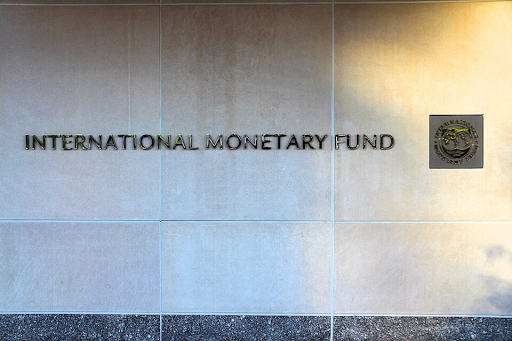The International Monetary Fund (IMF) has painted a complex picture of the global economy, simultaneously upgrading its immediate growth forecast while warning that long-term prospects remain “dim.” The fund now expects the world economy to grow by 3.2% this year, but this apparent resilience is overshadowed by three significant threats looming on the horizon.
The first major danger is the delayed impact of protectionist trade measures. The IMF suggests that the initial tariffs were less extreme than feared and their effects were temporarily offset by consumers and companies rushing purchases. However, drawing parallels with the slow economic drain of Brexit, the fund warns that the real consequences for business investment and growth are still to unfold.
The second threat stems from restrictive immigration policies, particularly in the United States. The IMF calculates that President Trump’s crackdown could slash US GDP by up to 0.7% and ignite “stronger inflationary pressures” in key sectors like construction and personal services. This policy is cited as a major headwind for the world’s largest economy.
The third risk lies within financial markets. The IMF highlights “stretched valuations” for stocks, suggesting markets may be overly optimistic, especially regarding the gains from generative AI. A reassessment of these gains could lead to a market “correction,” which would cause a sharp decline in investment, a recent engine of growth. The fund echoes its managing director’s recent warnings about this very possibility.
In conclusion, while the headline growth number has improved, the IMF’s underlying analysis is one of profound concern. The report urges policymakers gathering in Washington not to be complacent, as the forces of trade disruption, labor shortages, and market instability are gathering strength.


